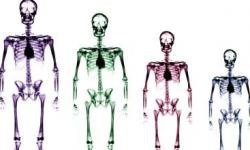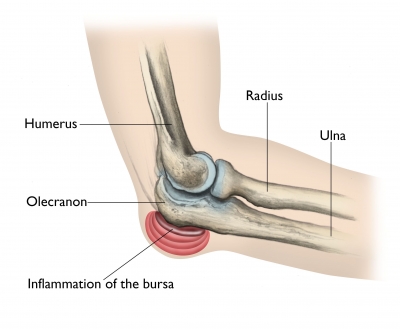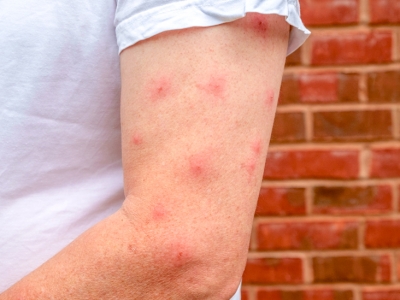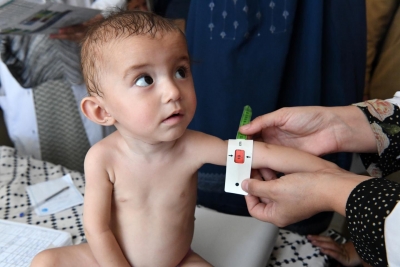What inhabits every square inch of your body?

The skin is the soft outer cover/organ that forms the outer surface of the body. There are over 4 million pores in the skin. In 1 square inch of skin there lies 4 yards of nerve fibers, 1300 nerve cells, 100 sweat glands, 3 million cells, and 3 yards of blood vessels. Every square inch of the human body has an average of 32 million bacteria on it. Humans shed about 600,000 particles of skin every hour - about 1.5 pounds a year. Most dust particles in your house are made from dead skin. By 70 years of age, an average person will have lost 105 pounds of skin.
Skin shields the body against infection, dehydration, injuries, parasites, and temperature changes. It provides sensory information about the environment, manufactures vitamin D; and excretes salts and small amounts of urea. Skin provides a relatively dry and semi-impermeable barrier to fluid loss. The skin acts as a water resistant barrier so essential nutrients aren't washed out of the body.
Like a big bag of grain that takes shape on what is inside it. The largest human organ is the skin, with a surface area of about 25 square feet.
Picture Credit : Google



